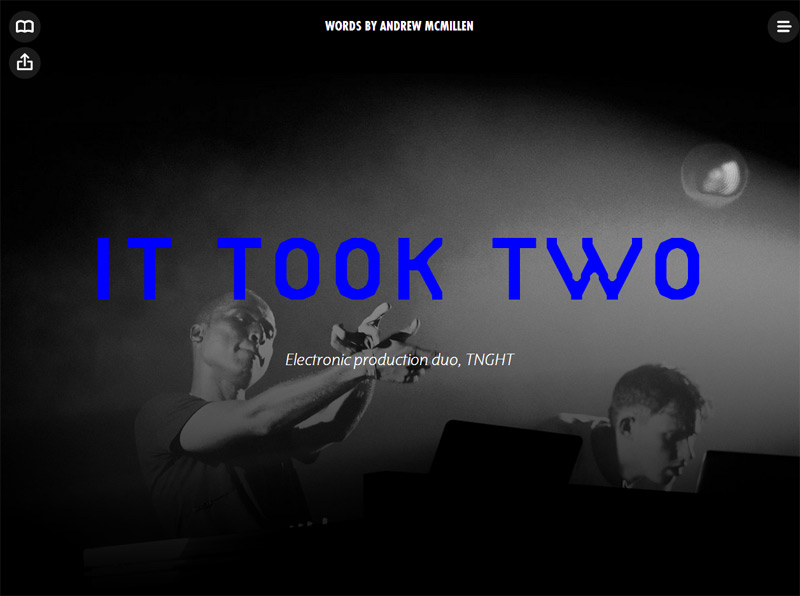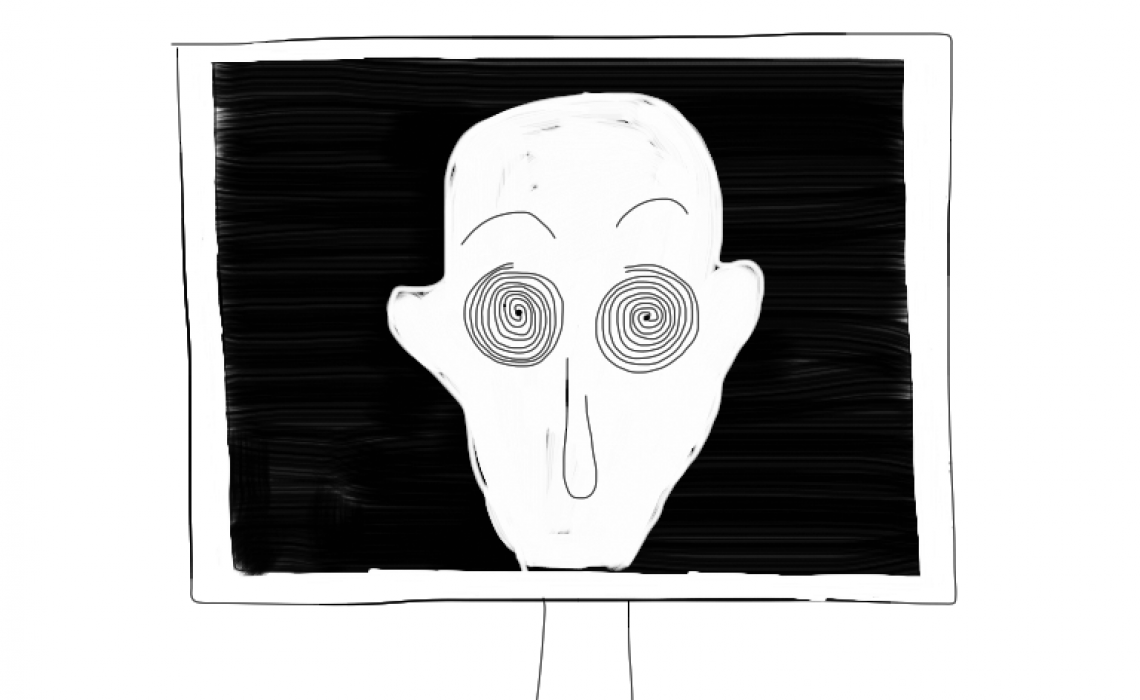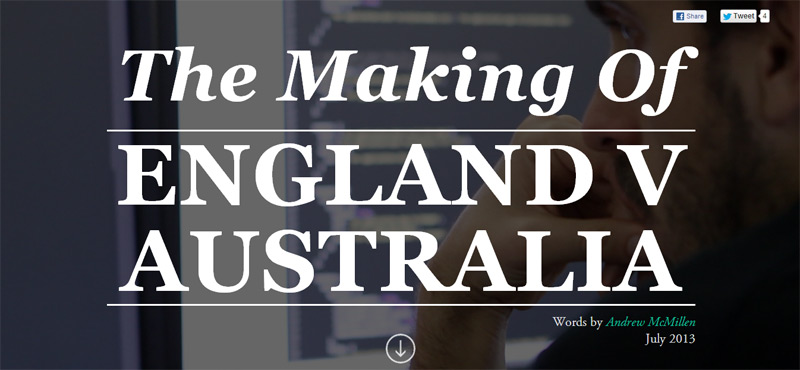Red Bull story: ‘It Took Two: TNGHT’, January 2014
A story for Red Bull about the electronic production duo TNGHT. Excerpt below.
It Took Two
by Andrew McMillenChapter One: Like Minds Attract
The two young men stand in a small room, each holding a laptop and silently sizing up one another. One is a lanky, pale Scotsman named Ross; he is better known as Hudson Mohawke. The other, a shorter Canadian with Haitian ancestry, is named Lunice both on stage and in person. Following their work, it’s pretty obvious what both men specialise in: creating beats and layering melodies that convince even the most dance-averse to join the surging throng that crowds the stage.
Exchanging pleasantries and making small talk backstage at festivals is one thing. To make music together is something else entirely. Though Ross and Lunice both possess extraordinarily high musical IQs, their keen ears don’t necessarily hear the same things. Nor is it a guarantee that they’ll be able to tolerate another living, breathing presence in the recording studio. Electronic music production is a pursuit that demands isolation, introspection and patience. Doubling the humans in the room rarely doubles the quality of the music. As they plug in their laptops, power up the sound system and crack their knuckles in anticipation of the work ahead, both men know that this collaboration, named TNGHT, will either be a disaster or a roaring success.
It helped that they both had the exact same equipment at that crucial first session. “That’s been an issue for me before – you get in the studio with someone who’s in there using something else,” Ross says. He gives a heavy sigh to indicate his frustration. “It’s a hassle to get parts from one computer, take a USB drive, put it in this shit” When he and Lunice got together, there were no such impediments to creativity, as “it’s more simple to just do it on one computer.”
The pair of them had both been using the FruityLoops digital audio workstation software for years, but their set-up was identical, even down to the Virtual Studio Technology interface and the plug-ins they both used. This partnership was clearly meant to be. “What’s funny is that we approach it completely different,” Lunice says. We use the same things, but how I see him work is sort of how you’d see somebody work with an operating system; they’d hit ‘search’ instead of just writing right away. And I guess that’s how the whole jam [mentality] comes from, because we’re not specifically [making] anything, we just make it happen.” Ross nods at his musical partner while sipping a gin and tonic through a straw, and says, “Lunice would do things that I would never think to do, and likewise.”
To read the full story, visit Red Bull’s website.


